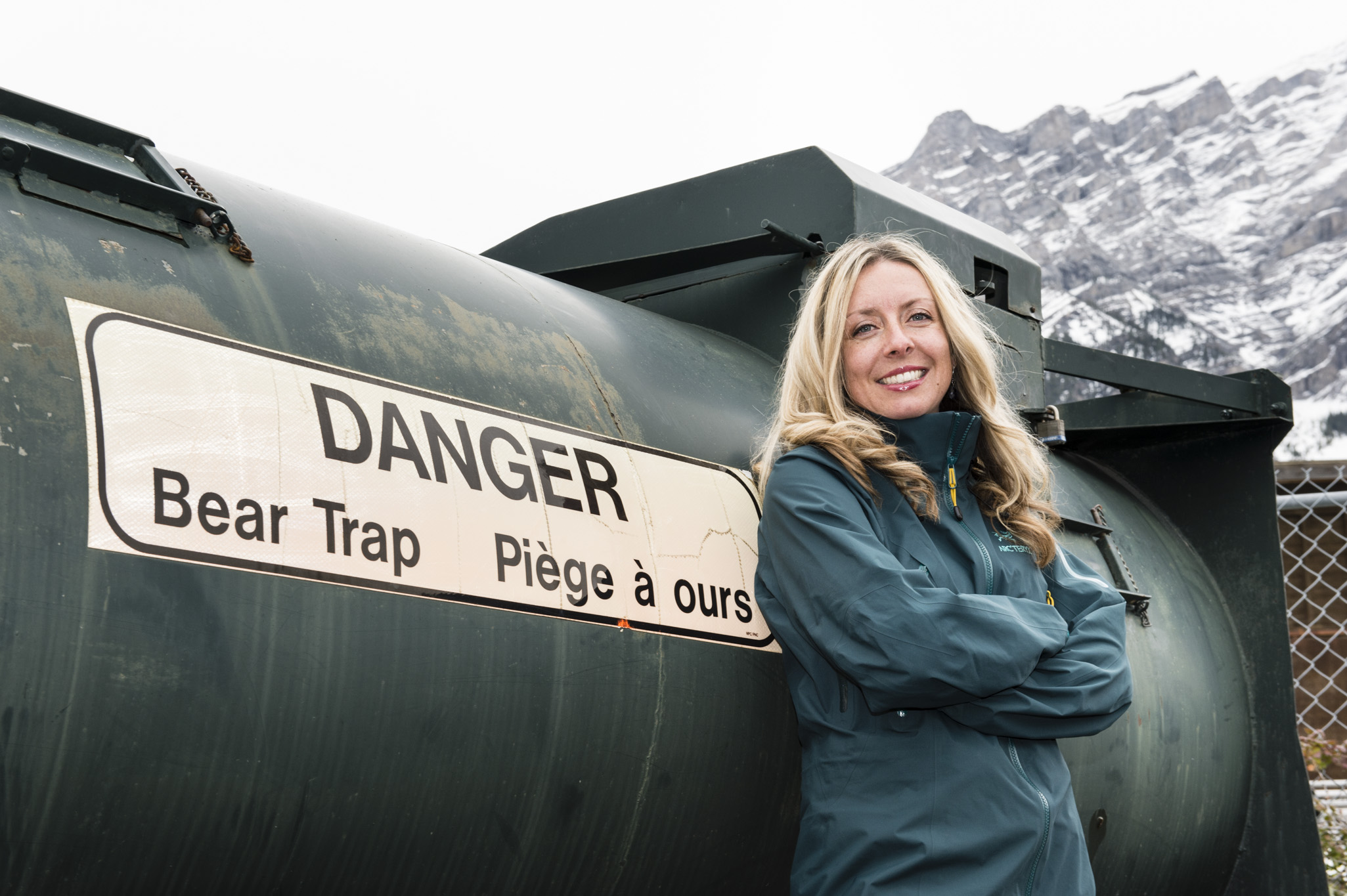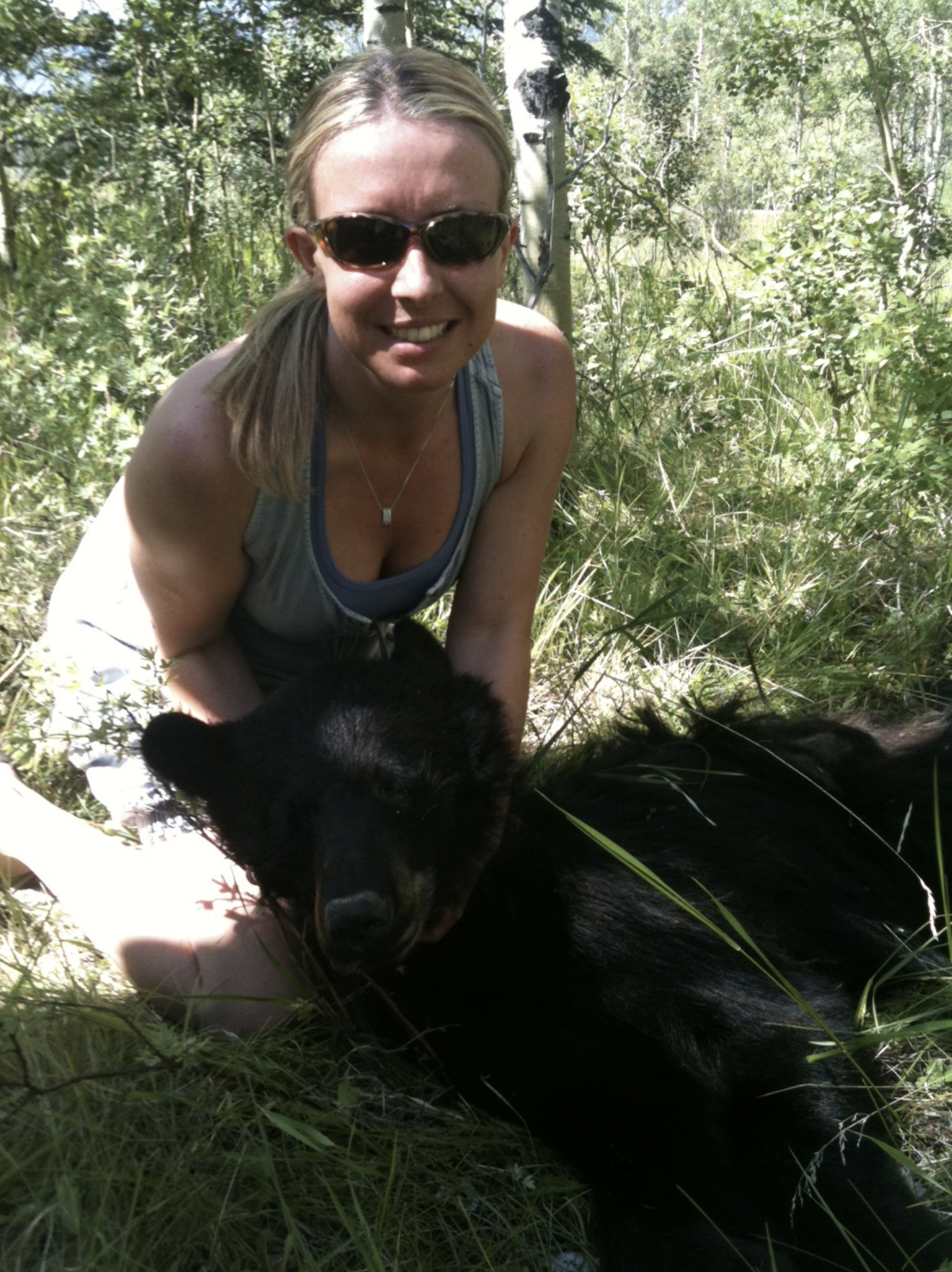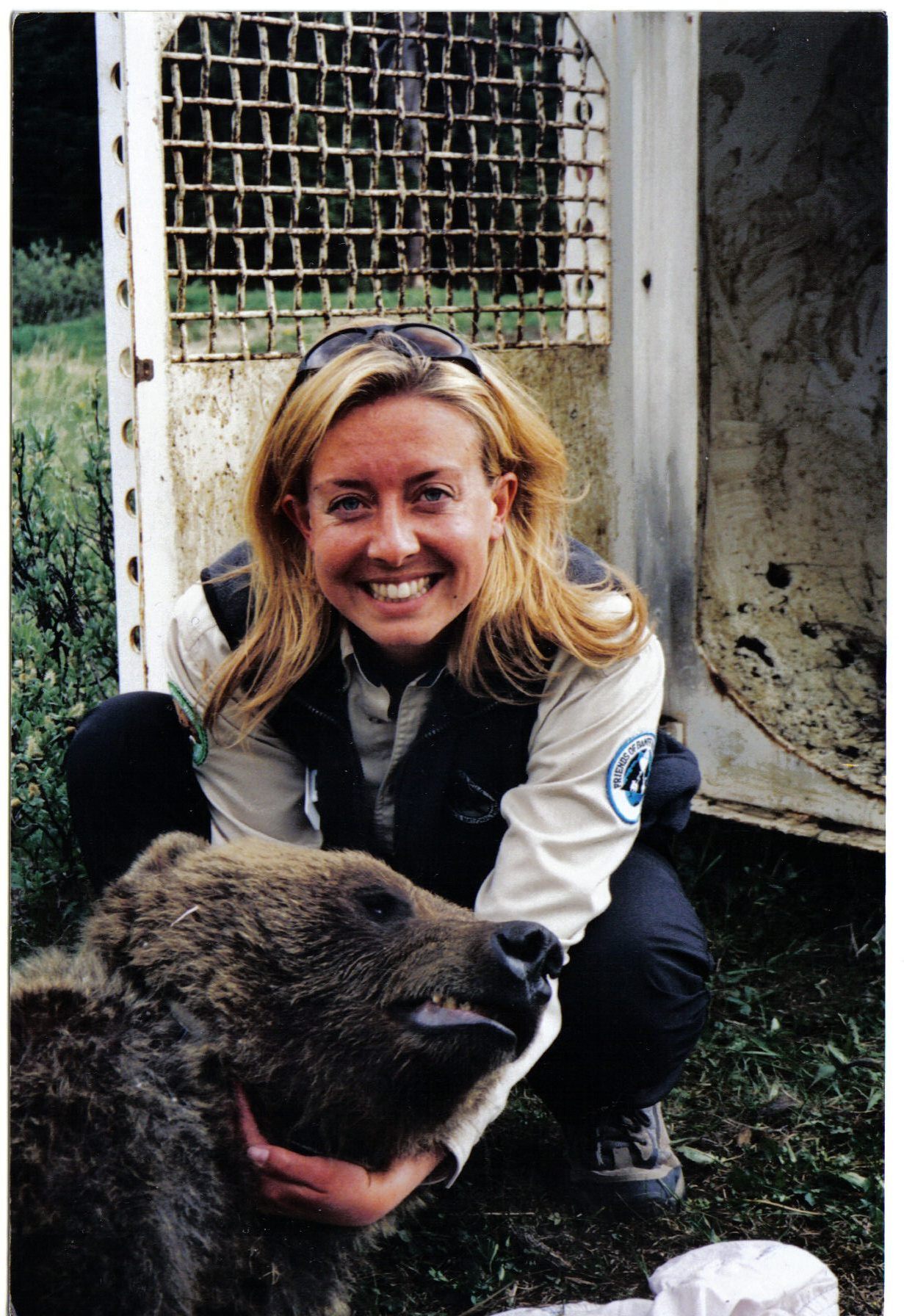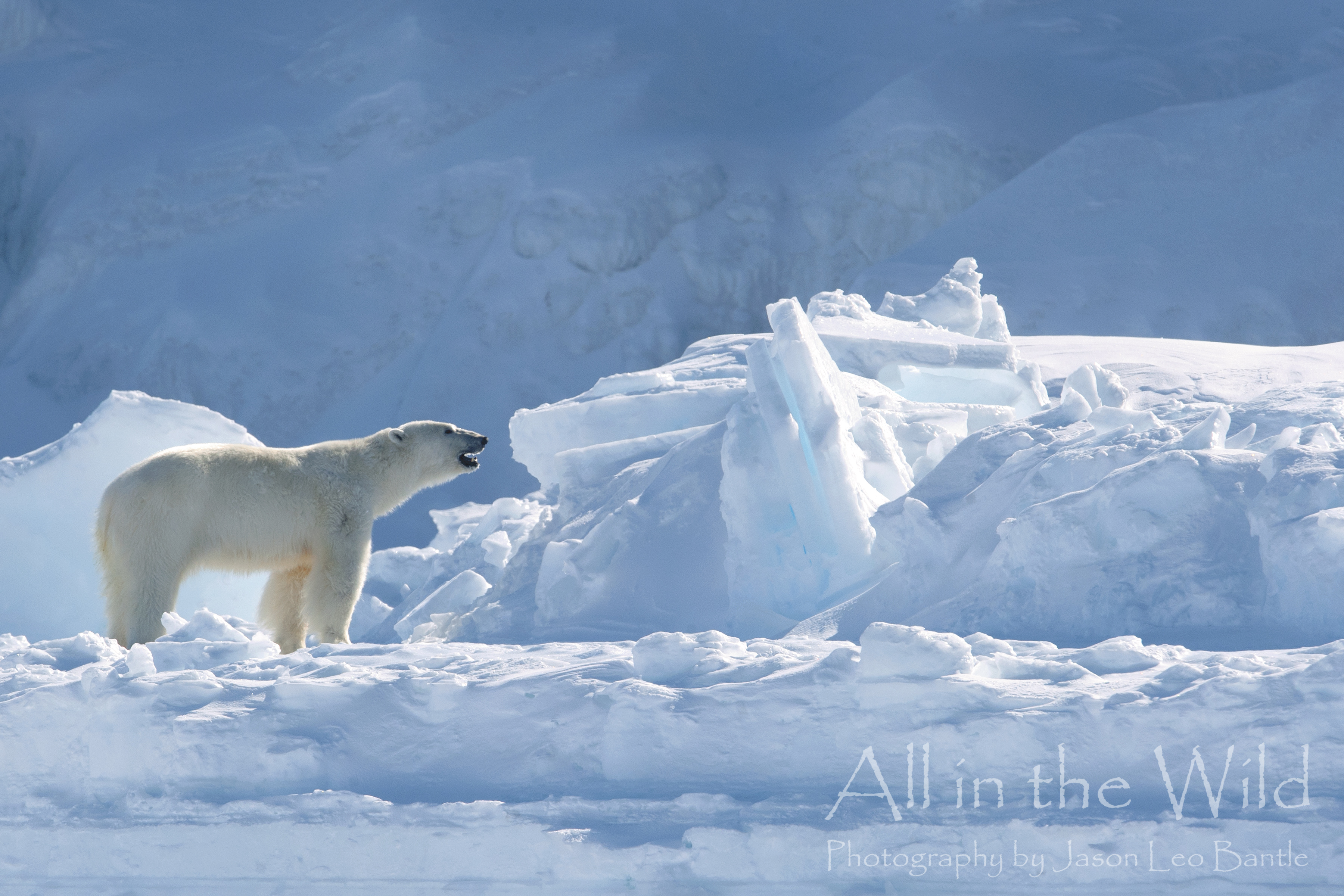The Bear Whisperer
Wednesday, November 15, 2023 / Online

Photo credit: Rita Taylor
“Bears—especially grizzlies and polar bears—have a reputation as man-eating beasts, but that’s a myth,” says wildlife expert Kim Titchener. “Bears are gracious to the humans living in their territories.”
Although Kim had a childhood fascination with bears, she couldn’t have predicted how closely her life would become intertwined with these giant carnivores.
“I didn’t quite know what I wanted to do when I finished high school,” says Kim, who’s originally from Pickering, Ontario. “Then I found out about Lakehead’s outdoor recreation program.”
Lakehead helped steer her towards a career in conservation after a first-year wildlife ethics course spurred her to apply for a summer job as a wildlife interpreter at the Banff National Park.
“I also liked the idea of being in a place where grizzly bears shared space with humans,” she says.

Kim worked at the park every summer while she was a Lakehead student. Then, in 2004, after receiving an Honours Bachelor of Outdoor Recreation and a Bachelor of Arts in History, she returned to Banff once again. She was assigned to a team responsible for breaking up “bear jams” caused by motorists pulling over on roads to watch and photograph bears they spotted, often getting too close.
“My job was to track bears in order to protect both them and humans.”
One of Kim’s first calls was to help move a female grizzly named Bear 66 from a campground where she was eating an elk calf. Grizzlies are very defensive of their kills, so it was a dangerous situation. Park staff set off flares and bear bangers to scare her away. Kim parked her vehicle across a road by the campground and directed traffic to prevent Bear 66, who also had three tiny cubs, from being hit by a car.
This grizzly was given a GPS collar to monitor her movements.
“I’d never seen a grizzly before. Then, suddenly, this furry congealing ball of fat came barreling towards me,” Kim says. “She ran right past my truck—it was love at first sight for me.”
But Kim’s first grizzly encounter soon turned to tragedy. Bear 66 was struck by a train, leaving her cubs motherless. Two of the cubs were killed almost immediately. Kim followed the remaining cub on foot for a day to keep it from danger until park staff were able to capture it.
“It was hard enough when the mother died, but spending time with a mourning cub was incredibly difficult. It was crying and making distress noises because it couldn’t find its mother or its siblings.”

Unfortunately, many bears are killed by trains or euthanized after getting into people’s food. Others are euthanized after attacking humans.
“Bear attacks are rare, but they’re increasing as people continue to encroach into wild areas without the skills to safely coexist with these animals,” Kim says. “Although bears can kill us any time they want, they almost never do. Seeing them lose their lives because of humans made me want to conserve them.”
Kim’s wildlife expertise grew quickly, prompting the Town of Canmore to ask her to develop a program to reduce conflict between wild animals and humans. The result was the public education program WildSmart, which she successfully ran for 10 years.
“Then, I got a call from the oil and gas industry to create a wildlife safety course for their workers and decided to start my company Bear Safety & More.”
After earning her outdoor recreation and history degrees, Kim completed a Bachelor of Education in 2005. "I encourage people to follow their passion to a career that is satisfying and makes the world a better place," she says. In this photo Kim helps relocate a grizzly.
The company now delivers courses to many industries, including forestry and tourism, as well as to governments and private agencies. In addition, Kim has done bear hazard assessments for National Geographic expeditions and cruise lines—journeying by boat to remote areas of Canada and Alaska—and collaborated with Polar Bears International on the first polar bear hazard assessment for a community in Canada.

“I travel all over Canada and the United States teaching wildlife courses on bear, cougar, elk, moose, and wolf safety.”
Kim’s conservation and wildlife safety contributions were honoured in 2023 when she received a Roland Michener Conservation Award.
“If we don’t teach people to love and respect bears, they will become extinct,” she says. “I want to stop this from happening and increase the bear population to a healthier level.”
Check out some of the online courses and free workshops that Kim offers through her website recsafewithwildlife.com.

